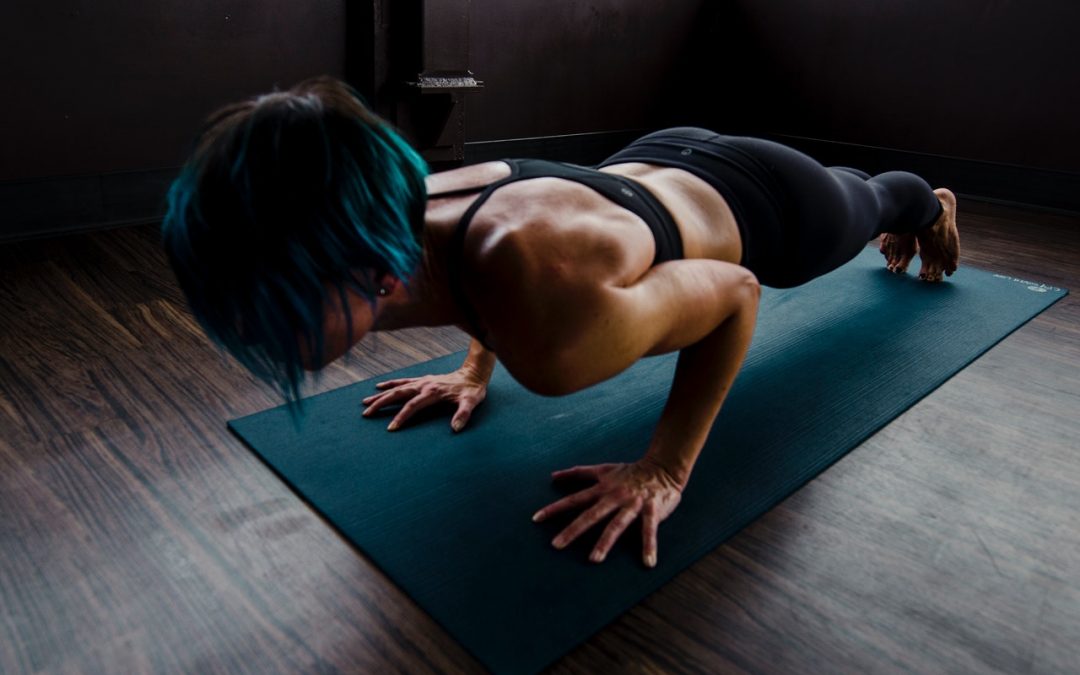Delayed onset muscle soreness, typically described as DOMS, is the muscular discomfort and tightness that happens following a heavy workout. It typically peaks around 24 hours to two days after the activity. During your workout, you might use new muscles, strain your muscles, or get little tears in your muscle fibres. These are indications that your muscles are attempting to respond to this new workout, grow, and get stronger. When you add an additional mile onto your run or choose to lift heavier weights, you expect to feel the burn the next day; But, your post-workout healing doesn’t need to be so painful.
Get A Massage
Research from a 2014 study discovered that a post-exercise massage can substantially decrease pain. And over the long term, routinely getting massages might increase your body’s capability to fight off DOMS. It can alleviate muscle tension, increase blood flow, and increase the motion capabilities in your joints. Also, it’s a fantastic way to boost your mood. When your muscles ache, a mild massage is best. Select one that utilises light pressure, like a Swedish massage, which is better for healing than a deep-tissue massage.
Arrange your sports massage directly following your workout. In the research study, immediate massage was more reliable at promoting tissue regeneration and decreasing fibrosis compared to massage that had been delayed by two days after the workout.
Complete A Recovery Workout
You may wish to stick to the couch while your muscles recuperate, however moving your body could make you feel much better. The idea is to do something light and mild. In one 2012 research study, women who carried out a 20-minute bout of low to moderate-intensity cycling right away following their DOMS-inducing strength workouts saw a decrease in muscle pain, along with an added boost in strength.
Take A Rest
Having a rest is a good idea, too. Taking a day of rest gives your body a chance to fix itself and replenishes your energy. In general, the second day after an intense training session can be the toughest. So you could try and complete light exercises the day after a heavy workout, and then take off the next day.
There Is More To Hydration Than Water
Appropriate post-workout hydration is vital, especially if you want to recover correctly and maintain endurance. Fortunately, water isn’t the only thing you can drink to replenish lost fluids. One typical way to restore the balance is consuming a sports drink or making use of an electrolyte supplement. Try to find drinks that have 120 to 170 mg of sodium to help renew your electrolyte levels.
Foam Rolling
Comparable to massage, foam rolling is all about the myofascial release which eliminates stress in the muscle’s connective tissue. Research has found that massaging and kneading your muscles like dough can help in reducing DOMS. You may also find that the foam rolling helps with your endurance in future workouts. Purchase a foam roller and spend about 10 to 15 minutes with it each day. You can make it a part of your warm-up, cool-down, and on days that you do not exercise, it can be a part of your overall healing toolkit.
For More Assistance
Sore and aching muscles are completely normal after an intense workout. They grow back strong and can work at a higher level of intensity for a longer time. However, be careful that you do not hurt your muscles, tendons, or joints. Discomfort closer to the joint might be a signal of a more severe injury.
If you have any questions or issues, make sure you get advice from your doctor. In particular, see a physician if muscle soreness lasts for more than a week, pain is intolerable and you aren’t able to move, you have discomfort that worsens with your workouts, the discomfort causes dizziness or issues with your breathing and/or you see redness, swelling, or heat in the aching muscle.
